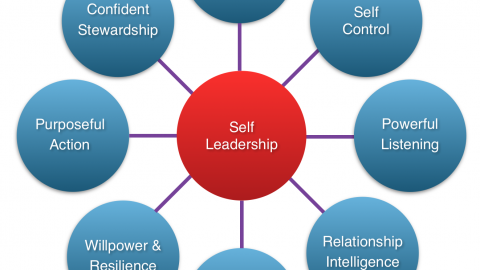We’ve all heard the saying, “Practice makes Perfect”, however in reality, this is far from a truism. Consider…
“Perfect Practice makes Perfect”
This has a much higher degree of certainty. Taking action is similar, as it is perfect actions that move you closer to your goal, and less than perfect actions, that move you further away from your goal; or in many cases, imperfect actions simply keep you stuck in one place. In considering this reality and the concepts outlined in the previous articles where we concluded, “it is the combination of vision plus conviction, with passion and applying the correct action that defines a person’s character and ultimately determines their fate”, we could say that when it comes to action, “Perfect Action makes Perfect Fate”.
Consider the journey and the fate of the South Pole explorers Robert Scott and Roald Amundsen. Both men were seasoned explorers and they had the same compelling vision – to lead a team and be the first to reach the South Pole claiming it for their homeland; and both men had the conviction and the belief that it was possible. But this is where the similarities diverge.
In our previous article we proposed that conviction is the unrelenting belief that your vision is or will become a reality. Conviction is the glue that connects vision and action. Conviction fuels action.
As Scott and Amundsen each planned and formulated their strategies for reaching the South Pole, their approach and the execution of their actions differed greatly and with serious consequences.
Establishing and taking “Action” has two key influencers; 1) how badly do you want to achieve something, and 2) how risk tolerant you are; in other words, how willing are you to fail for the cause. These two influencers support the belief in your conviction and are a proportionally constant influence to action. For example, a high desire for something may cause you to take on higher risks, or high risk may cause you to abandon a desire.
DESIRE + RISK TOLERANCE = THE CONSTANT THAT INFLUENCES ACTION
We’ve already established that Scott and Amundsen had similar vision, conviction, and a strong desire to reach the South Pole. Additionally, both men recognized that the risk associated with their journey would require a high tolerance for risk. And it is at this point that we begin to see the difference in how Scott and Amundsen approached mitigating the risks associated with their journey to the South Pole.
The details of each mans’ strategy, tactics, methodologies, and actions, are too numerous to cover here, but it is safe to suffice that Amundsen took more of singularly focused, utilitarian and empirically proven approach; as where Scott took more of a diverse approach relying on both proven and unproven methods and technology. One could say that Amundsen had a lower appetite for risk, and that Scott placed a higher faith in innovation.
A “Call-to-Action” is always the result of a dilemma to overcome and a deep desire for accomplishment, likely a complaint about a current state that requires change, or something to conquer, both of which then generate a dream, or a vision of a different future or a specific outcome.
But what are the correct actions?
Once the “Why” is established in a clear and compelling Vision, there are some critical points to consider when creating the actions required to achieve an outcome.
– What does the end goal look like, what are its specific “Requirements”
– Where does “Risk” exist, what are the “Go/No Go” actions
– What is the ratio of “Certainty” with each action, the known cause and effect
– What are “Frequency or Consistency, Duration, and Intensity” of each action
– Recognize any “Contradictions or Paradoxes” among required actions
– Acknowledge the “Give & Take”, the “Cost/Benefit” of each action
– Create a “Causal Feedback Loop”, to measure performance for each action
– Consider alternate “What-If” scenarios in the event of any potential failure
– Be open to “Learning” and the potential for a degree of “Innovation”
Hindsight is always 20/20, but history is a great educator, and if ignored, it may result in dire consequences. In the case of Scott and Amundsen, after more than a century later, their experience and their story continues to provide learning opportunities. And in Amundsen’s success we can learn that “Perfect Action made for a Perfect Fate”.
It’s Game Time
I invite you to contact us for a consultation and allow us to coach and mentor you into the game that you want to strive and thrive at.
Take action, and act now… ‘Contact’
We want to hear from you…what are your thoughts?



